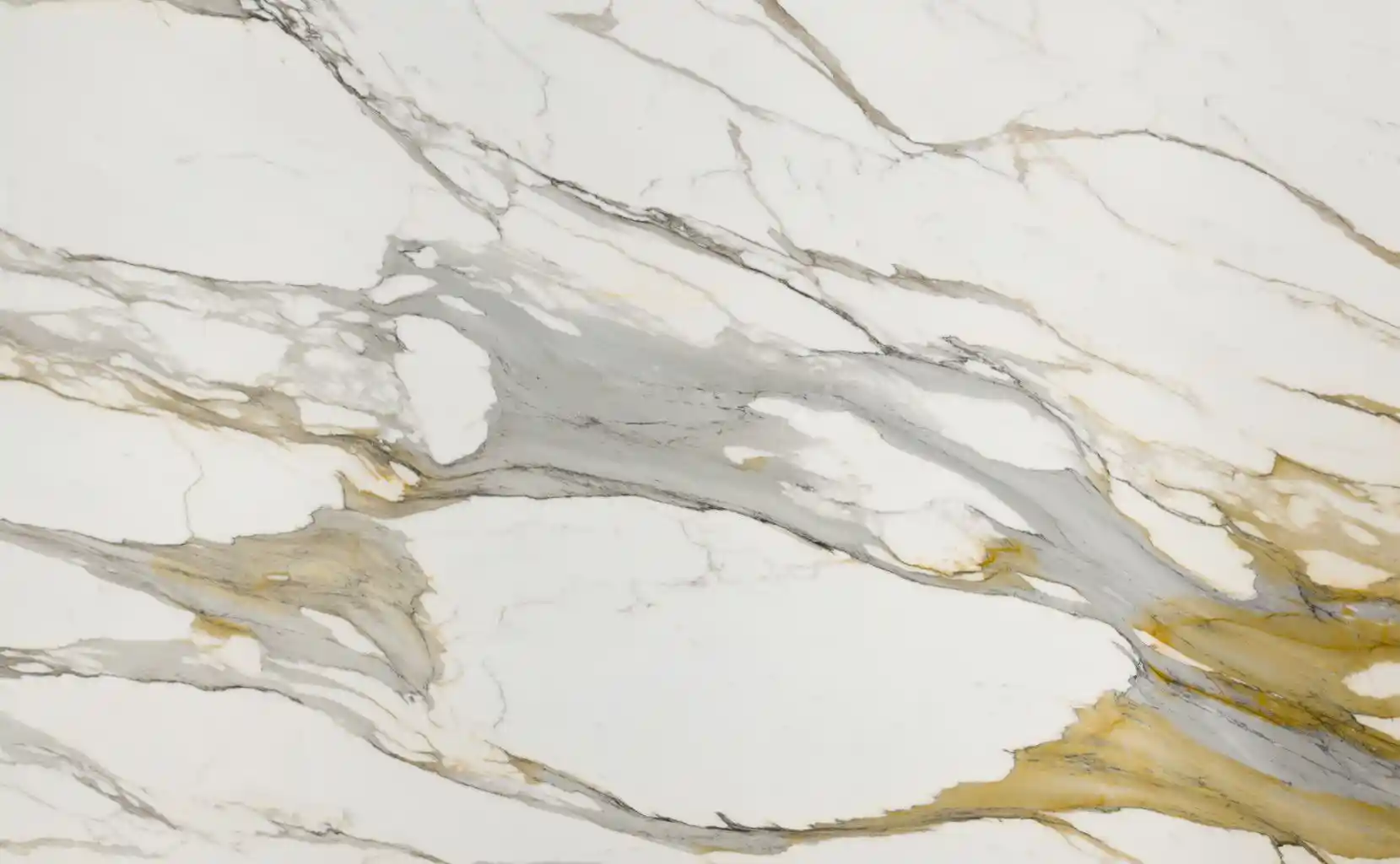FAQ’S ABOUT GRANITE AND NATURAL STONE
How do I care for my granite top?
We recommend a Revitalizer Cleaner and Protector. You may also clean your granite with soap and warm water. Do not use general purpose cleaners or products that contain lemon, vinegar, or other acids as these may etch the stone surface and damage the polish.
How often should I seal my granite top?
Approximately once a year depending on the color. It is very simple, just wipe on and wipe off. It takes about as long as regular cleaning.
Does granite stain?
For the most part granite does not stain. While it is true that stone is a porous material, of all the stones, granite is the least porous. However, certain substances, such as oil, may stain your granite. You may be able to remove the stain using a poultice.
How scratch resistant is granite?
With normal daily use, even cutting directly upon it, you will not dull the finish of your countertop. Unlike any other surface, granite will not dull.
Will my granite top chip or crack?
Most flaws in stone are detected during transit of the slab. If it can withstand the fabrication process, it will never break under normal conditions.
Why doesn’t my granite look exactly like the sample?
The samples we have selected for our showroom are generally indicative of the coloring and pattern (also known as veining) of each stone. As the stone is quarried, differences in the stones shading and pattern will appear.
What is the difference between a undermount sink and a drop-in sink?
A drop-in sink sits on top of the cutout and adds no additional cost to your project. An undermount sink sits beneath the polished rim of the cutout. The benefit of this option is that it provides a smooth surface from counter to sink. Click here for samples of sinks we carry and recommend.
Where is my stone from?
Granite comes from all over the world: India, Brazil, and Italy, to name a few.


